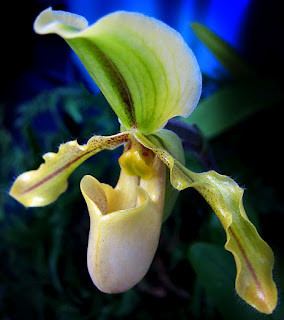The
Butterfly Conservatory in Cambridge is about an hour and a quarter down 401 east of London. Today it was somewhat wet, somewhat cold. A poor day to do anything outside. I thought it would be a perfect day to visit the butterfly conservatory. The crowd would be light.
My wife called my granddaughter's other grandparents and they picked up our granddaughter, Fiona, and all came over to our place. Together we made the trip to Cambridge.
The tropical exhibition hall is warm and humid; it has to be for the comfort of the at least 2000 free-flying tropical butterflies and moths. All the butterflies and
moths originate in either Costa Rica or the Philippines and are sent
to to the conservatory weekly as pupae (also called chrysalides (butterflies) or
cocoons (moths)) from tropical butterfly farms.
Butterfly farming is a
sustainable form of agriculture and ensures that natural populations of
wild butterflies and moths are not depleted.
With so many butterflies and moths flitting about, it is not uncommon for one or two to land on a visitor's head or hand. People are advised to refrain from trying to pet, or touch in any way, the delicate little insects.
 |
| Butterfly on a visitor's boot. |
Apparently some butterflies are attracted to salt. Boots, flavoured with salt from trudging along snow covered and heavily salted winter sidewalks, are a strong attractant.
The warm, humid air made me sweat lightly. I had two butterflies light on my moist, somewhat salty, bald head. The butterflies tickled and Fiona laughed.
At the emergence window, Fiona and I watched a butterfly dry its wings in preparation for its very first flight after pulling itself free of its pupa. Some butterfly species are reared onsite giving visitors a chance to observe all four of the stages of metamorphosis: egg, caterpillar,
pupa, and butterfly.
There are approximately 40 different species of butterflies and moths at the conservatory. Its a great place to take a granddaughter.

















































